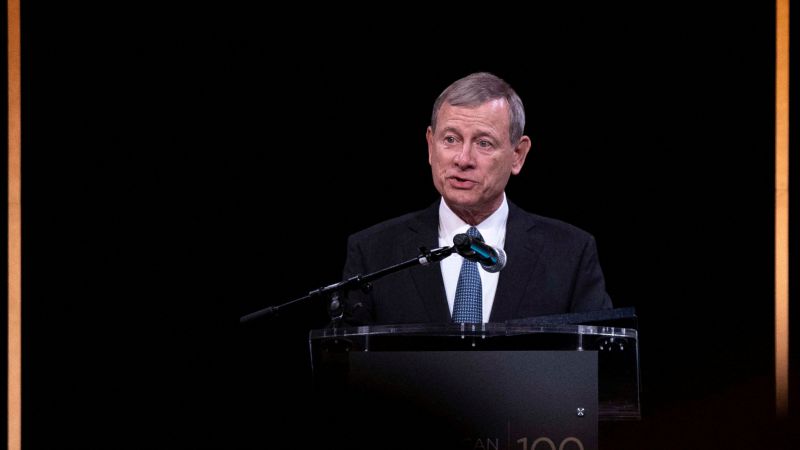A Florida man, Neal Brij Sidhwaney, was sentenced to 14 months in prison for threatening to kill Chief Justice John Roberts last year. Sidhwaney pleaded guilty to transmitting an interstate threat to kill and was also sentenced to three years of supervised release following his imprisonment. The incident occurred when Sidhwaney called the Supreme Court and left a threatening voicemail message for a member of the high court on July 31. The threat was specifically directed towards Chief Justice John Roberts, as stated in a competency assessment filed with a federal court in Florida.
In a separate case, a California man named Nicholas Roske was charged with attempting to murder Justice Brett Kavanaugh and has pleaded not guilty. Roske was arrested near Kavanaugh’s home outside of Washington, DC, with a bag containing a gun and burglary tools. His attorneys have mentioned in court filings that they are currently in discussions with prosecutors regarding a potential pretrial resolution. The incident involving Roske adds to a growing concern over threats against members of the Supreme Court, highlighting the need for increased security measures and protection for the justices.
The threatening behavior towards members of the Supreme Court is a serious offense that can result in significant legal consequences. Sidhwaney’s sentencing to prison and supervised release serves as a warning to others who may consider making threats against those in positions of authority. The Department of Justice did not take the threats lightly and pursued legal action to ensure that justice was served in both cases involving Sidhwaney and Roske. It is essential to uphold the integrity and safety of the judicial system by holding individuals accountable for threatening behavior.
The incidents involving threats against Chief Justice John Roberts and Justice Brett Kavanaugh underscore the potential dangers that public officials face in their roles. The safety and security of members of the Supreme Court are paramount, and any threats made against them must be taken seriously. Through legal proceedings and enforcement actions, law enforcement and the judicial system work to protect the individuals who serve on the nation’s highest court. The collaborative efforts between prosecutors and defense attorneys in handling these cases demonstrate a commitment to upholding the law and ensuring justice is served for all parties involved.
CNN’s coverage of the cases involving Neal Brij Sidhwaney and Nicholas Roske sheds light on the gravity of threatening behavior towards members of the Supreme Court. The news reports provide insights into the legal processes and outcomes of these cases, offering a comprehensive understanding of the consequences individuals face when making threats against public officials. By bringing attention to these incidents, the media plays a crucial role in raising awareness and promoting accountability for threatening actions. The support and reporting from journalists like Mary Kay Mallonee and Holmes Lybrand help to inform the public about important legal issues and developments related to threats against members of the judiciary.


